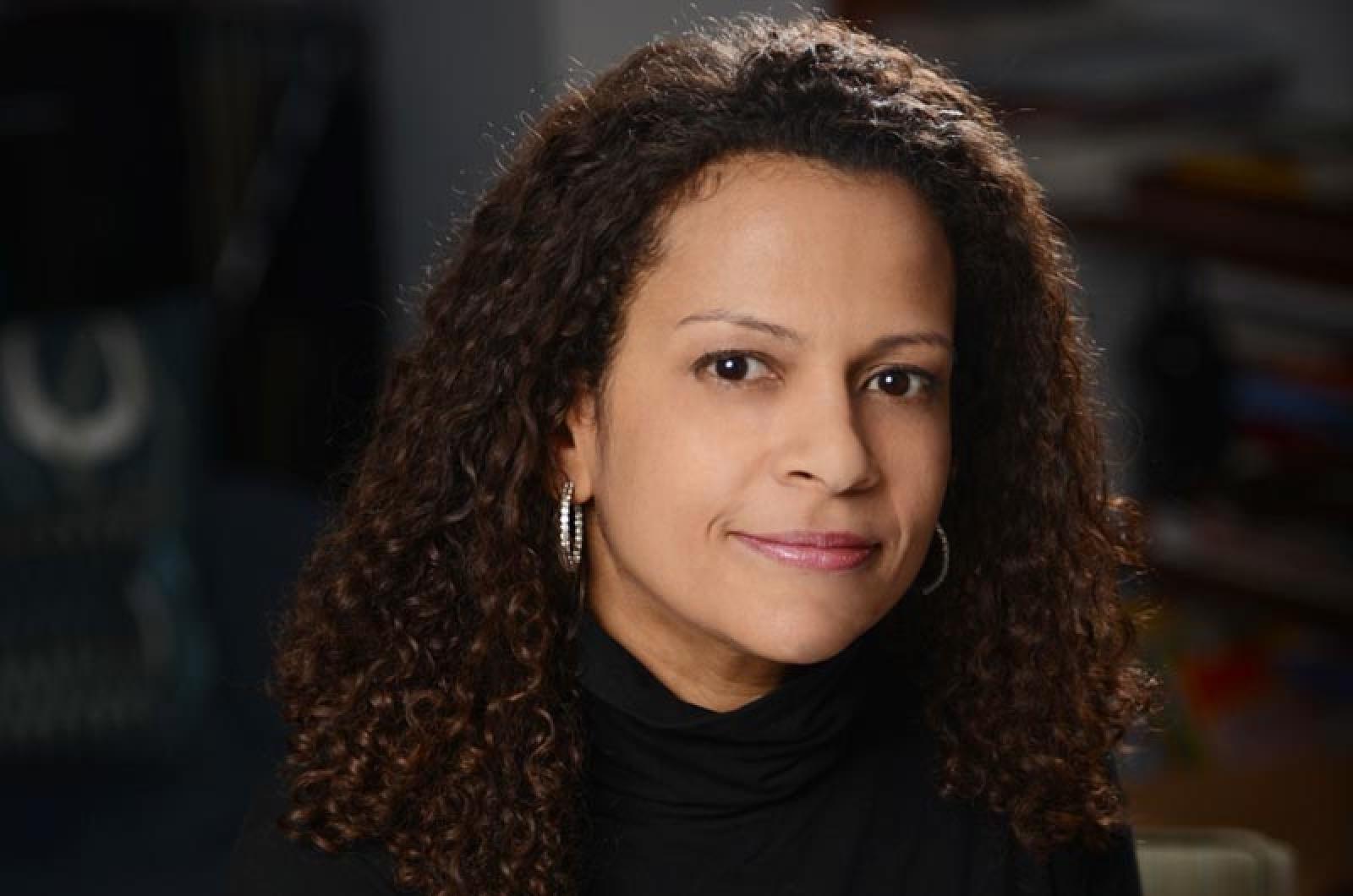It was standing room only Wednesday night at the Bunch of Grapes Bookstore in Vineyard Haven when broadcast and TV journalist Alison Stewart of New York and Oak Bluffs told the story of writing her new book, First Class: The Legacy of Dunbar, America’s First Black Public High School. Although she has had a 20-year career anchoring and reporting for MTV, PBS, NBC News, ABC News and CBS News, First Class is her first book.
A handful of alumni of the prestigious Washington, D.C. school about which she has written attended the event, as well as many children of alumni — reared on their parents’ stories of their four years at Dunbar in its heyday in the first half of the 20th century. At that time Dunbar was a magnet school for education minded African-Americans from all over the Northeast, with 80 per cent of its graduates going on to college. Over the years it has numbered among its illustrious alumni: U.S. Sen. Edward W. Brooke, a longtime Oak Bluffs summer resident; the late Wesley A. Brown, the first African-American graduate of Annapolis; the late Benjamin O. Davis Sr., the first African-American general in the U.S. Army; the late Robert C. Weaver, former U.S. Secretary of Housing and Urban Development and the first African-American to be a member of the Presidential Cabinet; Dr. Harold Freeman, founder of the Ralph Lauren Cancer Center in Harlem; and the late Eva P. Dykes, a teacher at Dunbar and the first African-American woman to receive a doctoral degree in the United States. The degree was from Radcliffe in 1921.
The late Dr. James Bowman, father of Valerie Jarrett of Washington and Oak Bluffs and a senior advisor to President Obama, was also an alumnus. By the time Ms. Jarrett was ready to enter her high school years, desegregation had begun and Dunbar had become a D.C. neighborhood school rather than a national school. She attended the Northfield School in East Northfield, Massachusetts (now called the Northfield Mount Hermon School), known for its integrated school body since its 19th-century founding by evangelist D.L. Moody.
In her Bunch of Grapes discussion of the book, Alison Stewart told of Dunbar’s founding in a church basement soon after the Civil War. She recounted how her parents, the late Joe and Carol Graham Stewart, longtime Oak Bluffs seasonal residents, had kindled her interest in their alma mater. After she decided to write a book about the school, she discovered that today’s Dunbar is nothing like the Dunbar of her parents’ day. The book she has written is about how one of the finest public schools in the country became a sad and troubled one.
“From the very first I saw a school that was sick,” she said. But she still wanted to write about it. “It was almost like a movie set.”
She elaborates further in her book. “The school was a hulking ‘greige’-colored building. The alarms on the doors didn’t work....Kids ran wild in the parts of the building that were no longer in use....The computers were museum pieces. In the lobby, pictures of illustrious alumni hung in broken plastic picture frames.”
But she sees hope in a new Dunbar, a state-of-the-art school that will be opening on the footprint of the original Dunbar in just two weeks.
“Physically, it’s a gorgeous school,” she said. “And the plan is to have separate academies on separate floors. Science and technology on one floor, for example, and computers on another floor, and ninth-graders will be kept away from upperclassmen.”
Because in the District of Columbia school system it is possible for students to request to attend a school outside their neighborhood, she is hopeful that African-Americans from all over the city will be attracted to the new state-of-the-art facility and perhaps the once academically extraordinary Dunbar will rise again.






Comments
Comment policy »